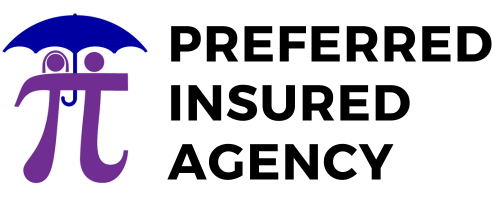Frequently Asked Questions
Feeling overwhelmed by choosing the right Medicare coverage? Below are questions we often receive. If you have additional questions, contact one of our agents today!
Medicare is the federal health insurance program for:
- Most people age 65 and over
- Certain people younger than 65 with disabilities
- People with amyotrophic lateral sclerosis (ALS), also known as Lou Gehrig’s disease
- People with end-stage renal disease (ESRD), also known as permanent kidney failure
If you are receiving Social Security or Railroad Retirement benefits, you may be automatically enrolled. If you are automatically enrolled, you don’t need to pay a premium for Part A.
If you are not automatically enrolled, you can enroll online at ssa.gov, call the Social Security Administration at 800-772-1213, go in person to an SSA office or contact your agent to complete the application for you.
Medicare covers health care services and items that are medically necessary and reasonable as follows:
- Medicare Part A covers inpatient hospital stays, inpatient skilled nursing facility stays, home health care, and hospice care.
- Medicare Part B covers outpatient medical services such as doctor visits, diagnostic lab tests, and preventive care.
- Medicare Part D covers most prescription drugs.
- Note: Medicare Part C refers to Medicare Advantage (MA) plans. An MA plan is an alternative to Original fee-for-service Medicare. MA plans are sponsored by Medicare, which pays private insurance companies to provide health services to beneficiaries who enroll in these plans.


Medicare requires premiums, deductibles, and other cost-sharing for certain services. For specific amounts, see our Medicare cost-sharing chart summary. Several assistance programs can help cover some or all of these costs for beneficiaries with limited income and assets.
IRMAA or “Income-Related Monthly Adjustment Amount” is an additional charge that some Medicare beneficiaries pay for their Medicare Part B (medical insurance) and/or Part D (prescription drug coverage) premiums.
IRMAA is not a penalty or a tax but rather an additional cost of Medicare coverage for those who can afford to pay more. If you have a higher income, you will receive a second letter from the Social Security Administration stating that due to what was reported on your tax returns you will instead pay “this premium” as your monthly rate. This is “IRMAA”.
The IRMAA is based on your income as reported to the Internal Revenue Service (IRS) on your tax return from two years prior. If your income is above a certain level, you may have to pay an additional premium each month on top of your standard Part B and/or Part D premiums.
If you are required to pay, but your income or financial situation changes, you may be able to have the IRMAA amount adjusted or eliminated by submitting a request for reconsideration to the Centers for Medicare and Medicaid Services (CMS). This form is called the SSA-44 and is one of the many forms we can help you navigate through.
If you are covered by an employer group health plan due to active employment (i.e., not a retiree plan), you may delay enrolling in Part B.
If you have creditable prescription drug coverage (meaning it is as good as or better than the standard Medicare Part D drug benefit), you may decide not to enroll in a Medicare Part D plan or to enroll later. For example, if you have the Veterans Affairs (VA) health care benefits or TRICARE for Life, you have creditable prescription drug coverage.
Most people supplement Medicare with some other form of coverage, such as a Medigap plan, retiree plan, Medicaid (if they have low income and assets), or Veterans Affairs (VA) benefits (if they qualify). Others receive Medicare through private health plans called Medicare Advantage (MA) plans.
